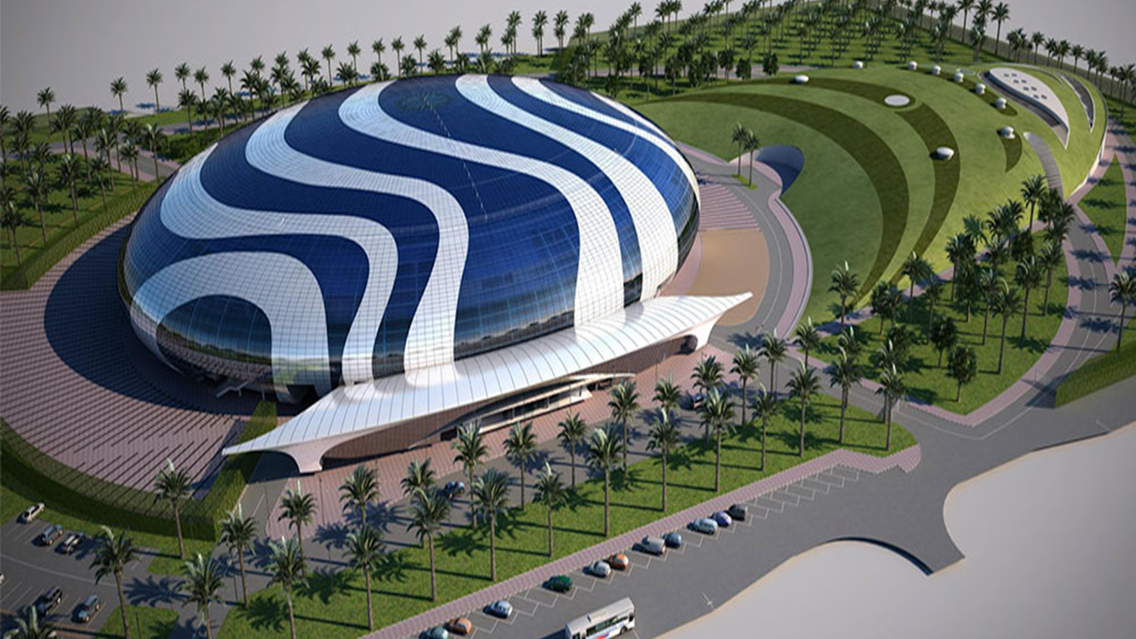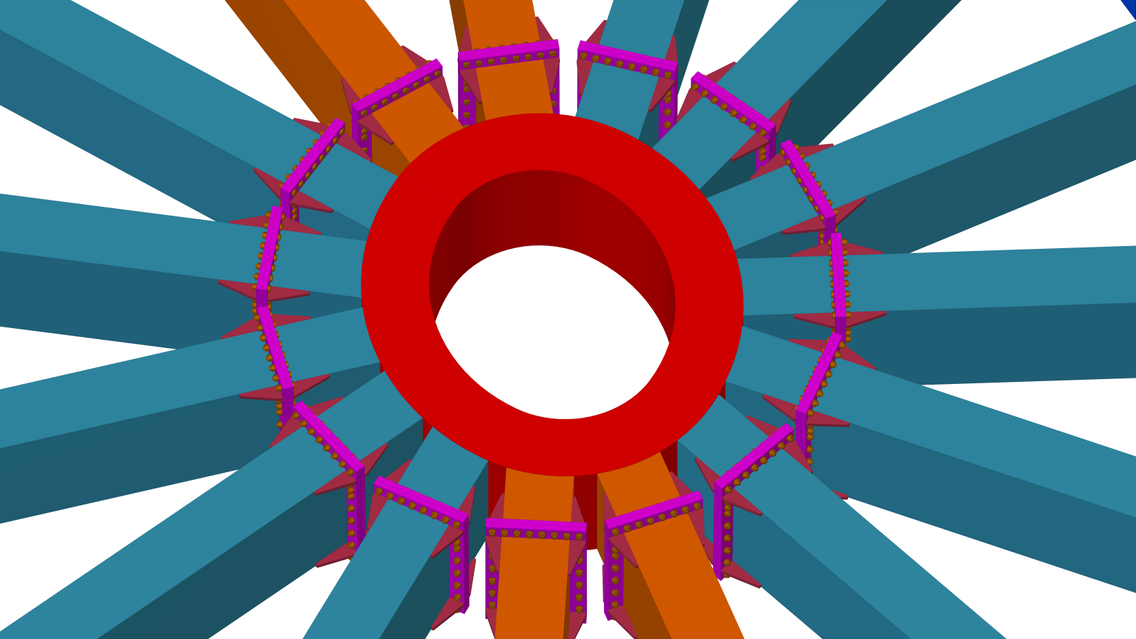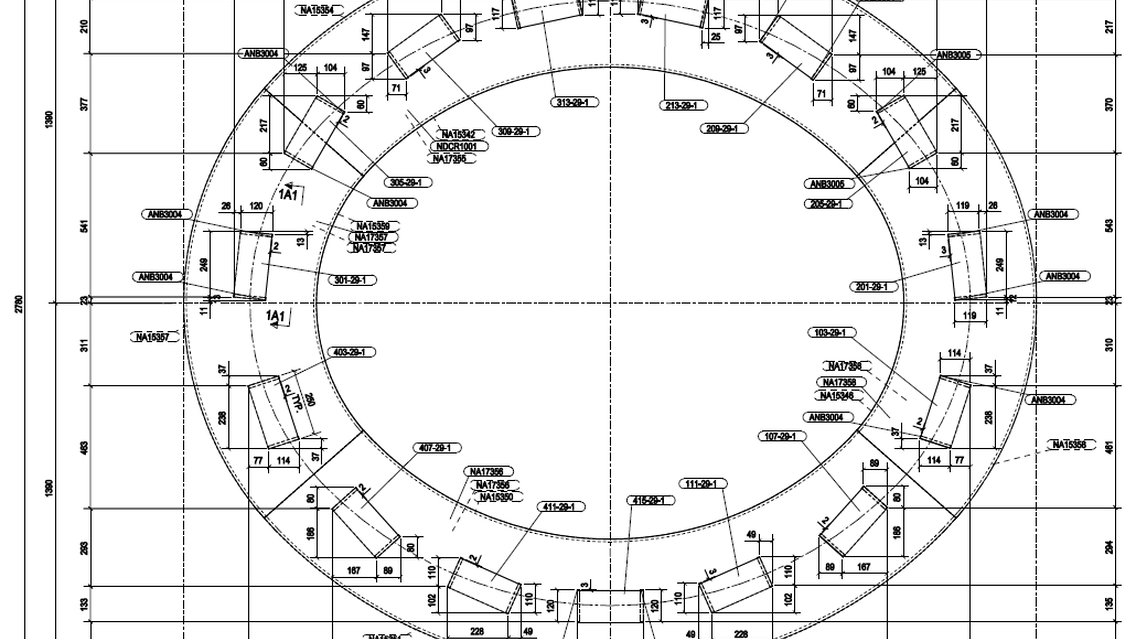EVERSENDAI Engineering LLC, U.A.E was awarded 5000 M Tons NAS ARENA INDOOR FUTSAL AND VOLLYBALL STADIUM, DUBAI project.The scope of Eversendai was to provide Detailed Connection Design, Shop Drawings, BIM Implimentation & Coordination, Erection Engineering Study & Stage Analysis, Workshop Fabrication Drawings, Supply, Fabrication, Painting, Fire Proofing, and Erection of Structural Steel Works. All the above scope of works was completely taken care of in-house Engineering Department of Eversendai and successfully completed in line with project schedules.
The Project Client is RTA Dubai, the consultants are Dar al-Handasah and the Main Contractor is Al-naboodah.
The NAS ARENA INDOOR FUTSAL AND VOLLYBALL STADIUM, DUBAI is designed for the seating capacity of 5840, to host international/ local tournaments, to have friendly games, Training and Exhibition tournaments for internationally renowned players. It is designed to host Futsal, Volleyball, Basketball, Badminton, Boxing, Fencing, Judo, Karate, Tennis, Handball, Gymnastics and Table Tennis.
The main Dome is an oval shaped Structural Steel roof enclose structure covering an overall structural area of about 169.25 m x 142.25 m x 32..6 m high for the whole arena with a Roof hung round catwalk structure along with two access staircases. There are two more independent ancillary structural steel encloses for Mechanical room & Scenic elevator within the dome area. The project also consists of a VVIP entrance canopy outside the Dome, which is structurally independent of the Dome structure but architecturally connected.
This dome structure consists of radial steel beams connecting the edge of the structure to an elliptical shaped central ring at the center. And these radial beams are tied with looped ring beams at regular spacing of about 4.3m, which also support the façade/cladding panels. There are 40 intermediate columns sitting on top of 3rd floor concrete level and provided with tree like branches to support for the dome outside the court and spectator areas. The shape of the building provides that the bottom edge of the structure returns on itself and provided with a ring truss at the point of the maximum diameter above the entrances level.
The TEKLA 3D Software is used for 3D modeling of this structure precisely in line with the architectural geometry and with all structural steel components including steel members, embeds connections, web cutouts, strengthening plates, curved members etc. The same 3D model is effectively used to coordinate with the stage wise erection engineering methodologies as well as for the coordination & incorporation all around the dome skin. Effective BIM coordnation is carried out by using 3D Tekla Models with all other Trade contractors on the Project.



